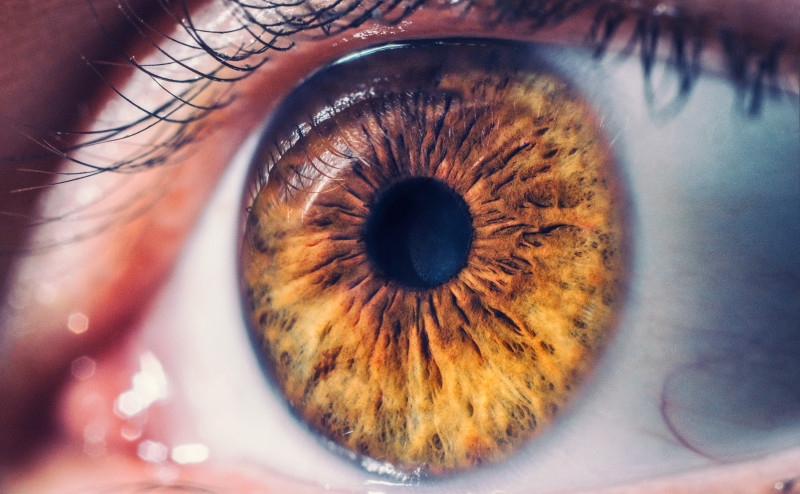Imaging Technique Predicts Risk of Vision Problems
Written by |

Rapid and repeated imaging of blood flow through the eyes can inform physicians of a patient’s risk of sustaining eye damage and developing vision problems related to sickle cell disease (SCD), as well as of how effective a given therapy is, a recent study shows.
According to researchers, this could enable doctors to make earlier diagnoses, better monitor patients’ overall health, and determine which treatments work best for individual patients.
Findings were reported in the study, “Quantification of intermittent retinal capillary perfusion in sickle cell disease,” published in the journal Biomedical Optics Express.
Vaso-occlusive crises (VOCs), wherein misshapen red blood cells clump together, blocking small blood vessels and causing acute pain episodes, are the most common complication of SCD and a frequent cause for emergency department visits.
Being largely transparent, the eyes offer researchers an opportunity to non-invasively observe various features of the small blood vessels passing through them. Past studies have found correlations between diseases that affect the retina, called retinopathies, and other conditions such as diabetes, high blood pressure, and heart disease. The retina is a region at the back of the eye that converts light into electrical signals that are then sent to the brain, enabling one to see.
Scientists reasoned that a better understanding of sickle cell retinopathy could allow them to estimate patients’ VOC risk more accurately and to monitor treatment responses. Yet, current methods for assessing and measuring retinal blood vessel changes are of limited use.
Researchers at the New York Eye and Ear Infirmary of Mount Sinai recently showed that such dynamic measurements are possible through optical coherence tomography angiography (OCT-A). This advanced non-invasive imaging technology can be used to capture the motion of red blood cells passing through the retina.
“For the first time, we have shown that by doing rapid, repeated retinal imaging of sickle cell patients, you can see microscopic changes in blood vessels and blood flow,” Toco Chui, PhD, the study’s senior author, said in a press release.
“The more the blood flow fluctuates across images, the more at risk patients are for a permanent blockage, which severely damage their eyesight,” said Chui, who also is director of the Marrus Adaptive Optics Laboratory at the New York Eye and Ear Infirmary. “Using this approach, we can non-invasively monitor the retina over time and see how a patient is doing before or after initiation of therapy,” he said.
Chui and his team tested this technique in 13 SCD patients and 14 individuals who did not have SCD or retinopathy and served as controls. Participants with SCD had varying levels of disease severity and were receiving different therapies. Four were taking hydroxyurea and one had received gene therapy.
Investigators imaged all participants’ retinas 10 times in a row over 10 minutes, repeating this procedure an hour later.
Blood vessels of individuals with SCD intermittently opened and closed — “flickered” — significantly more than those of control subjects, which remained open for longer periods of time. The intermittent closing of vessels prevents blood from flowing freely through them, which then can raise the risk of permanent blood vessel closure and blindness.
Blood vessels also flickered more often in untreated SCD patients than in those who were receiving treatment. Moreover, investigators observed that flickering decreased over the course of hydroxyurea treatment, suggesting that OCT-A can be used to track treatment effectiveness.
Researchers commented that this technique should be tested further in larger patient populations and with more SCD therapies, and that retinal blood vessel perfusion (blood flow) should be compared to other standard lab tests.
“Our work can be a game-changer for sickle cell patients, especially for those who have no symptoms of retinopathy,” said Richard Rosen, MD, one of the study’s co-authors. “It can lead to earlier diagnosis of retinal issues and prevention of irreversible blindness. Without this technology, it’s impossible to judge their eye condition until patients report vision loss, when it’s too late.”





